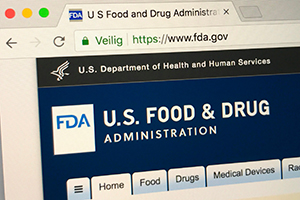FDA releases draft guidances on developing rhinosinusitis drugs, colonoscopy bowel preps
 Clinical TrialsDiagnostics/IVDsNorth AmericaPharmaceuticalsRegulatory Intelligence/Policy
Clinical TrialsDiagnostics/IVDsNorth AmericaPharmaceuticalsRegulatory Intelligence/Policy Clinical TrialsDiagnostics/IVDsNorth AmericaPharmaceuticalsRegulatory Intelligence/Policy
Clinical TrialsDiagnostics/IVDsNorth AmericaPharmaceuticalsRegulatory Intelligence/Policy